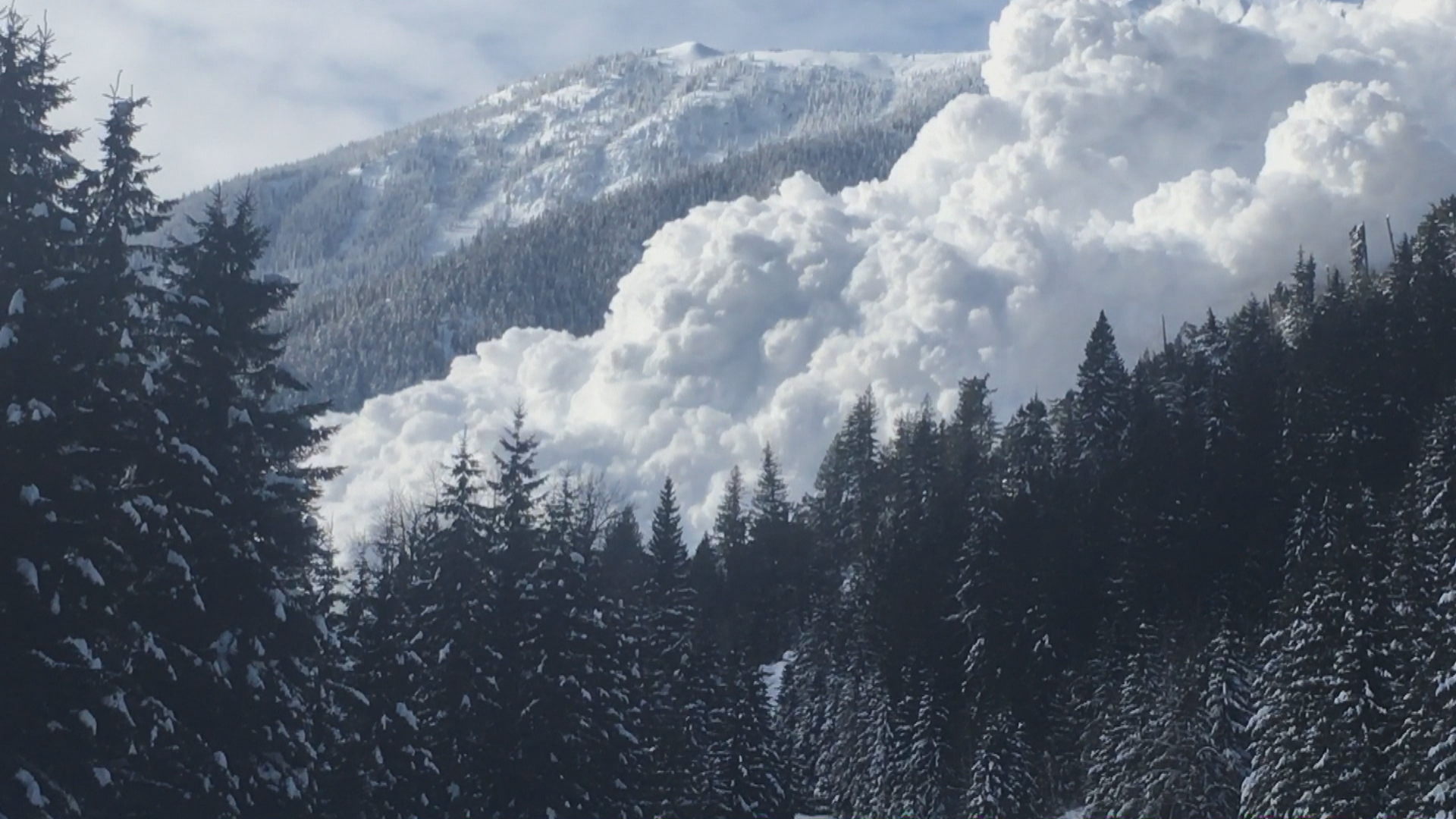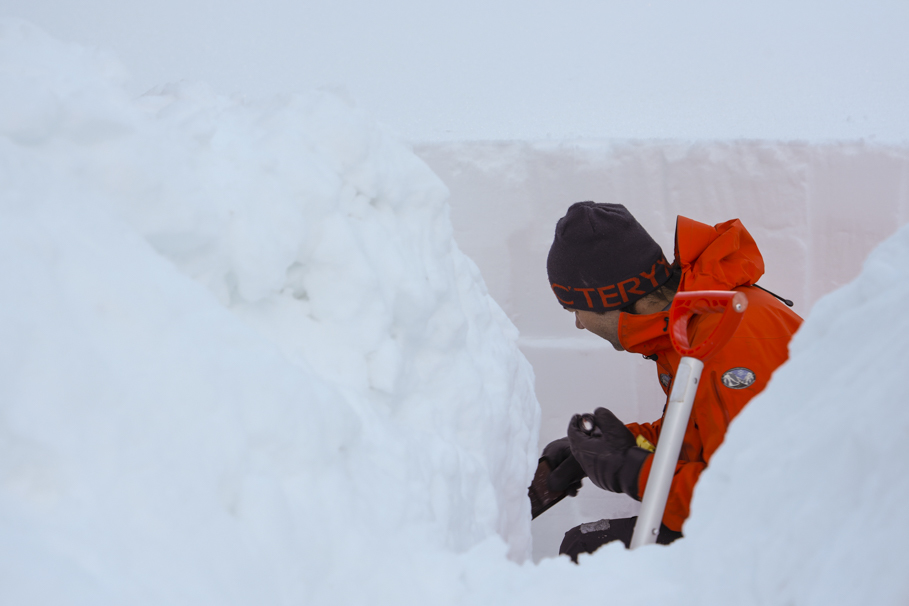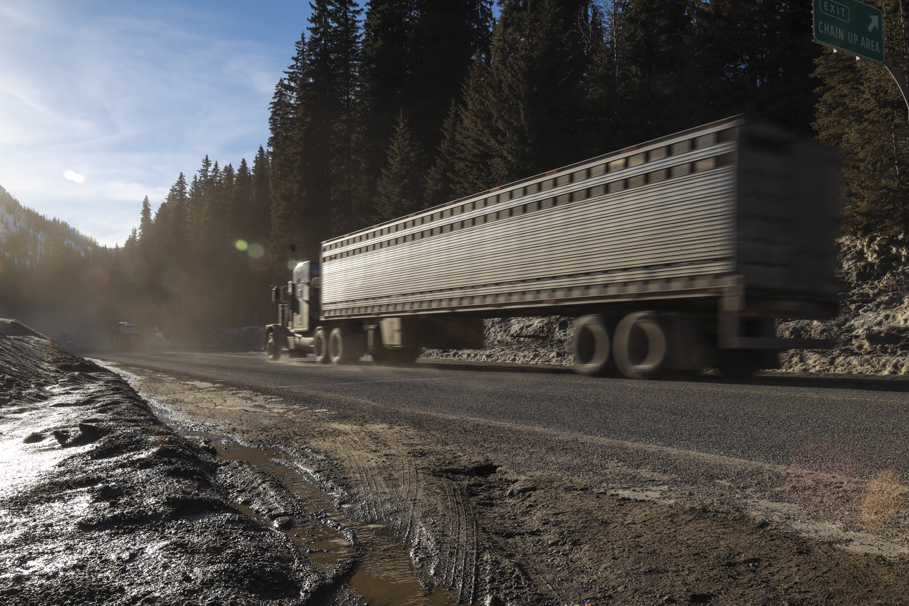March 23, 2019
“Kootenay Pass 10, 7-1, yeah, you'll probably need a couple of loaders for this.”
Robb Andersen and his team have just triggered an avalanche above the Kootenay Pass in the Selkirk Mountains in southern B.C., about 45 kilometres west of Creston.
They monitor close to 1,400 active avalanche paths around the province and ensure the snow from the mountains doesn't hit the highway down below.

So instead of waiting for nature to call the shots, they trigger slides of their own.
“The highway would be closed, a lot, if we didn't do this,” said Andersen.
An unexpected avalanche would shut the highway for hours, potentially costing the economy up to $500,000 an hour, he said.
Worse, it could kill drivers on the road.


The Ministry of Transportation and Infrastructure began investing in remote avalanche control devices in the early 1990’s, following a string of fatalities.
One slide in 1974, killed seven people when a wall of snow buried a cafe west of Terrace, B.C.

Two years later, three people were swept away in a convertible while driving along Highway 3 -- the very highway Andersen’s team is working on today.
Canada’s deadliest avalanche occurred in 1910 at Rogers Pass, a summit north of Kootenay Pass about 70 kilometres east of Revelstoke. In that slide, 58 railroad workers died.
“We definitely keep the highways open and we keep the travelling public safe,” said Andersen.

A challenging highway
But Highway 3 brings its own challenges. It has more avalanches than any other public highway in the province.
Part of the issue is that the highway, which runs east-west across the southern part of the province, hugging the U.S. border, was built on the south-facing side of the mountain valley, which gets more sun."
The added sunshine can cause the snow to melt, triggering avalanche conditions.
“It certainly adds to the avalanche risk, especially during certain weather conditions like we have right now, where it’s warm and sunny,” said Andersen.
But he says those who built the highway in 1963 didn’t know better.
“The avalanche problem was not really widely recognized,” he said, "We didn’t have a professional association in Canada at the time. There was no national research council on avalanches."

Today, the six-member team at the Kootenay Pass has access to state-of-the-art technology and can trigger avalanches remotely.
At the top of the mountain, they've installed 24 open metal tubes, which resemble faucets protruding from the hillside. The faucets are filled with a mixture of propane and oxygen, which is detonated remotely with a laptop.
The sounds of the explosions are deafening.

This summer, a remote avalanche control system will be installed about 50 kilometres west of Terrace, in an avalanche-prone area known as 35 Mile.
“That particular place accounts for 80 per cent of closures on that highway. So it just makes sense that would be a place we would target,” said Andersen of the upcoming project.
The use of these remote avalanche systems is more efficient than the traditional heli-bombing method, where crews assemble explosives on site, load them onto a helicopter, and toss the 12.5- to-25-kilogram bombs from the aircraft.
'It’s quicker, it’s more efficient and we have the ability to do it 24/7, and it’s not weather dependent,” Anderson said.
The team uses the cannons 95 per cent of the time, but they sometimes rely on helicopters for hard-to-reach areas.

Timing is everything
Anderson said the team's success depends on timing.
“It's not about racing against time but it's about hitting at the right time.”
Before they go out blasting the mountain, they study forecasts and snow profiles to learn the types of avalanches that await them.

They don't want to wait too long to trigger an avalanche, because then the snow will come roaring down the mountain.
They also don't want to blast the mountain too often and frustrate drivers by shutting down the highway for their maintenance.
“Highway closures are stressful, there is a lot of pressure to get the highway open as soon as possible," Anderson said.

By doing forecasts, they’re able to predict the work they need to do and alert Drive B.C. of any highway closures.
But the weather can be unpredictable, the work dangerous and the days long.
In January of 1999, two avalanche technicians were killed while doing field work near Stewart, in northwestern B.C., when an unexpected avalanche hit.
“There is a certain amount of risk in what we do, and we try to manage it the best we can.”
Watch the full piece on avalanche technicians and how they keep highways safe.
